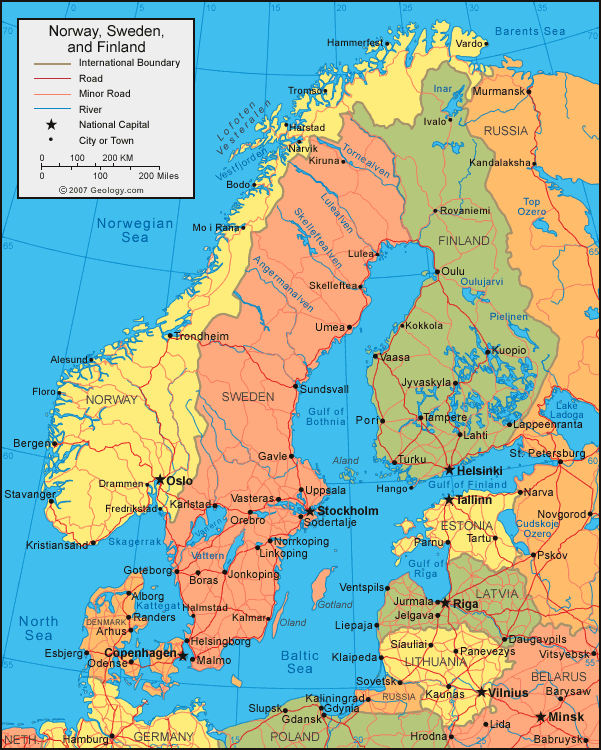Step One
Completion requirements

Scandinavia (Norway, Sweden, Finland, Denmark)
The majority of Scandinavian immigrants were from the lower socio-economic classes and were searching to build a better life for themselves. Quakers from Stavanger in Norway did emigrate to the United States to avoid religious persecution and oppression because they were opposed to the Lutheran Church. But Scandinavians as a whole primarily left their homes for economic reasons.
From 1850 through the late 1880s the Scandinavians faced a series of poor harvests, high taxes, low wages, and periods of unemployment. Letters from family and friends already in the United States promised a better life and land in America and that factored into the number of people who left for the United States. Often these letters were published in the local newspaper for the entire village to read.
The Law of Primogeniture also forced many younger sons to leave home and go to the United States with the hope of obtaining land of their own. This law stated that it is the right of the first-born son to inherit the estate (land, house, property), therefore any younger children did not receive any benefits. Thus, in order to find land they had to go elsewhere.
The Norwegians made up the largest number of immigrants to the United States. Many emigrated because of lack of opportunity to farm – only 3% of land in Norway is adequate for farming.
The Danish made up the smallest total amount of Scandinavians who left, but this is probably because their economy was stronger and they were doing better agriculturally than the rest of Scandinavia. The majority of immigrants who left Denmark were not farmers, but rather artisans and skilled laborers who were looking for work. No matter why they left, each group had to endure the experience of reaching the United States
Last modified: Monday, July 30, 2012, 7:51 PM